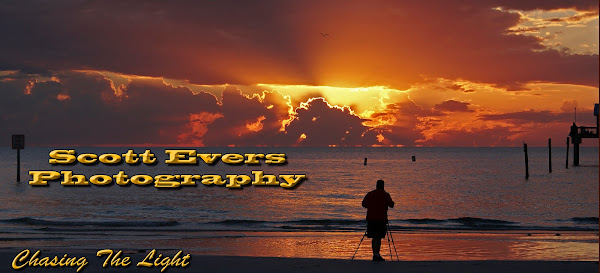When I left Oahu and headed to the The Big Island. One of the places I had wanted to visit the most was Hawaii Volcanoes National Park. A visit to this National Park was like no other National Park I had ever experienced. This place lets you see and feel the power of nature in a very unique way. Hawaii Volcanoes National Park, established in 1916, is a United States National Park located in the U.S. State of Hawaii on the island of Hawaii. It displays the results of hundreds of thousands of years of volcanism, migration, and evolution.
The Caldera of the Kilauea Volcano
Kilauea and its caldera were traditionally considered the sacred home of the volcano goddess Pele, and Hawaiians visited the crater to offer gifts to the goddess. The park includes 505.3 square miles of land.
Over half of the park is designated the Hawaii Volcanoes Wilderness area and provides unusual hiking and camping opportunitiesA seperate Caldera on the slope of Kilauea
I had never been to an active volcano before, so this was something very special for me. Active eruptive sites include the main caldera of Kīlauea and a more active but remote vent called Puʻu ʻŌʻō. The Chain of Craters Road, as the name implies, leads past several craters from historic eruptions to the coast. It used to continue to another entrance to the park near the town of Kalapana, but that portion is now covered by a lava flow.
What Used To Be A Road At The Edge Of The Ocean
The view for miles in all directions is barren lava, but the amazing thing is seeing the plants starting to take root and grow in the lava. It will take time, but you see first hand how the Hawaiian Islands changed from molten lava rock to lush tropical forests.
Recent Lava Flow
Hiking out in the Lava fields is not recommended, but they do not try to stop you. They recommend sun screen, a hat, and plenty of water. I had none of these as I decided to hike out to try and get photos of the lava flowing out of the ground. That was one long, hot, and exhausting hike through that extremely rough ankle twisting terrain. It felt like I was on another planet at times.
New Oceanfront Land From Fresh Lava Flows
It took me about 2 hours to get to an area where ther was some slow moving lava flowing up on top of the ground. Since I only had a wide angle zoom lens I had to get extremely close to the molten lava to create the composition of the next photograph. This was where I was really wishing I had opted for the telephoto zoom instead of the wide angle. But having ghiked that far out, and knowing it would be worse going back, I was determined to get some good shots. So I squated down as close as I possibly could and got off several frames. Molten lava is around 2300 degrees F.in liquid form. I actually burned/melted off most of the hair on my legs and the soles of my hiking boots were also starting to melt. But I got the shot I wanted!
Molten Lava Flowing Onto The Surface Of The Ground
Here is a link to the park from theNational Park Service.







No comments:
Post a Comment